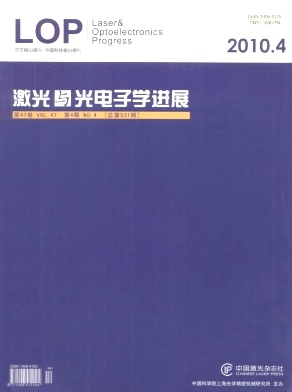激光与光电子学进展, 2010, 47 (4): 042201, 网络出版: 2010-03-24
随机并行梯度下降算法用于次镜校准的仿真研究
Using Stochastic Parallel Gradient Descent Control Algorithm to Calibrate Sencond Mirror in Three-Mirror System
自适应光学 次镜校正 随机并行梯度下降算法 adaptive optics calibration of second mirror stochastic parallel gradient descent control algor
摘要
将随机并行梯度下降(SPGD)算法应用于共轴三镜系统次镜,无需进行误差测量,可直接通过调节次镜的6 个自由度,寻求评价函数的最优值,从而简化了次镜的校准。分析了影响随机并行梯度下降算法校正速度的主要因素,并对其进行优化。仿真计算结果表明,在各参量选取合适的情况下,系统峰谷值及均方根显著改善,从而验证了SPGD 算法用于校准次镜的可能性。
Abstract
The primary method for calibrating a co-axial three-mirror system is the computer-aided alignment method,and it is complicated for having to calculate wavefront error. Stochastic parallel gradient descent (SPGD) control algorithm is used to caliberate the second mirror of three-mirror system,with no need to calculate wavefront error. Through adjusting the six degrees of freedom of the second mirror directly,finding system extremal value and then calibrating system error,the calibrating process is predigested. The major factors that will affect computing speed of SPGD algorithm are analysed and optimized,and the simulation results show that SPGD algorithm can distinctly improve peak-valley value and root-mean-square of the system.
韩杏子, 俞信, 董冰. 随机并行梯度下降算法用于次镜校准的仿真研究[J]. 激光与光电子学进展, 2010, 47(4): 042201. Han Xingzi, Yu Xin, Dong Bing. Using Stochastic Parallel Gradient Descent Control Algorithm to Calibrate Sencond Mirror in Three-Mirror System[J]. Laser & Optoelectronics Progress, 2010, 47(4): 042201.





